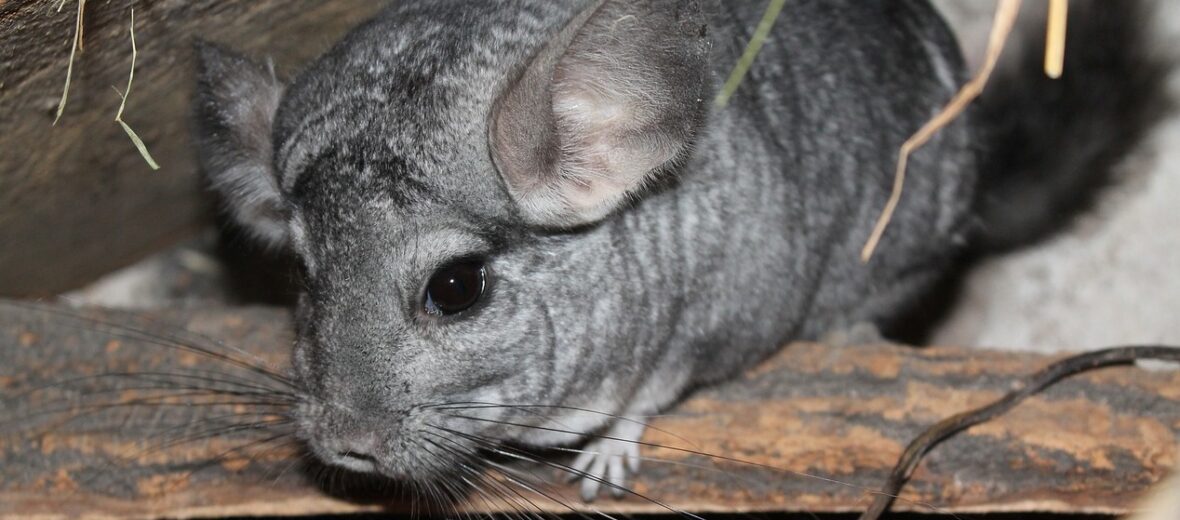
It’s cute, cuddly, so soft you can barely feel their fur, they’re quick, and have sharp teeth. Yes, it’s a chinchilla! Once hunted to near extinction for their fur coats, they are now only found in the Andes mountains in Chili, Peru, and the occasional pet store. Due to over-collection for the fur trade and habitat destruction, chinchillas are listed as Critically Endangered by the IUCN. Per special request, I present to you the adorable chinchilla.
First the Stats…
Scientific name: Chinchilla
Weight: Up to 3.1 lbs.
Length: Up to 5.1 inches
Lifespan: Up to 15+ years
Now on to the Facts!
1.) The chinchilla is a crepuscular (active at dusk and dawn) and nocturnal (active at night) rodent.
2.) There are only 2 types of chinchillas living today, thanks to over hunting, the short tailed and the long tailed chinchilla.
3.) Chinchillas are named after the Chincha people in South America. These people would wear fur coats made from chinchillas.
4.) A chinchilla’s fur is so dense that it wards off pests and they are also hypoallergenic, due to their lack of dander.
5.) Besides being quick, chinchillas will spray urine and even discard large patches of fur when needing to escape predators.
But wait, there’s more on the chinchilla!
6.) Did you know that chinchillas keep their fur coats clean and soft by bathing is ash or dust?
7.) Like other rodents, a chinchilla’s teeth continually grow their whole life. If they don’t have tough and/or abrasive things to chew on, like wood and rocks, then their teeth will grow so much that they literally wouldn’t be able to eat.
Did you know…?
Chinchillas can jump up to 6 feet, if they need to!
8.) Chinchillas live in very high elevations in the Andes mountains and thus are used to cooler climates. They can overheat and die of heat stroke if the temperature is reaches over 80°F for even a short period of time!
9.) Being as they are such social animals, they do need a ton of affection and always do better in pairs or groups, if kept as pets.
10.) Chinchillas communicate via an array of squeals, chirps, barks, and grunts. They even produce whines and yelps while they sleep.
But wait, there’s even more on the chinchilla
11.) Chinchillas can sleep sideways, on their bellies, and even upside down!
12.) Chinchillas are also known for their limited diet. As pets, they only need timothy hay and hay pellets. However, oats and other grains are also a great addition to their diet.
Did you know…?
On average, chinchillas can poop up to 250+ times a day!
13.) Chinchillas give birth to twins and their babies gestate for over 110 days. The babies are born with fur and eyes open… ready to take on the world.
14.) .40 of an inch of a chinchillas skin contains approximately 20,000 hairs. That’s why they’re so soft.
15.) Like squirrels, chinchillas will sit on their hind legs and eat, while holding their food with their front paws.
Now a Short Chinchilla Video!

Want to suggest a critter for me to write about? Let me know here.
Some source material acquired from: Wikipedia & IUCN
Photo credit: Earth & Animals Facts



